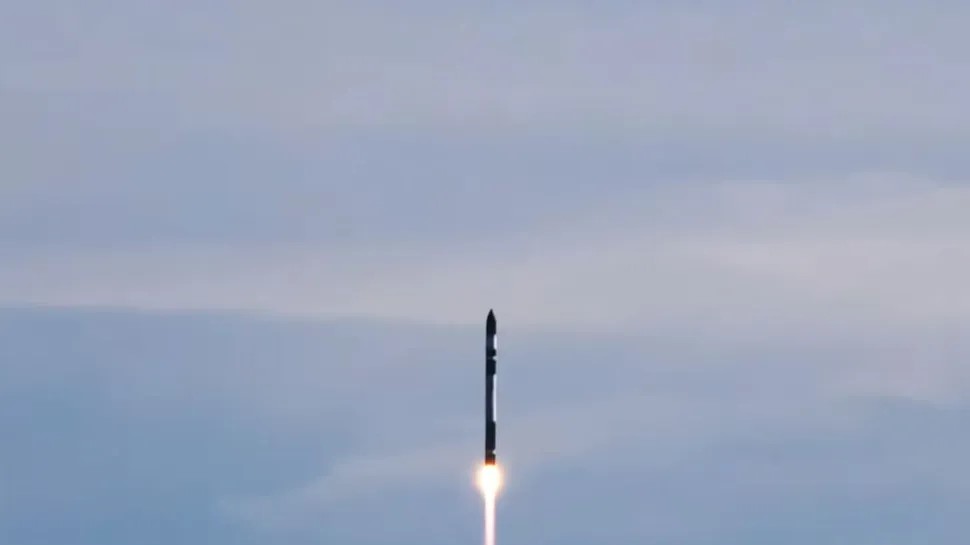Rocket Lab just bounced back from a launch failure.
The company’s Electron rocket lifted off from New Zealand tonight (Dec. 14) a little after 11:00 p.m. EST (0400 GMT and 5:00 p.m. New Zealand time on Dec. 15), carrying the Tsukuyomi-1 satellite for the Japanese Earth-imaging company iQPS skyward.
All went according to plan; Electron deployed Tsukuyomi-1 into low Earth orbit as scheduled, about 56.5 minutes after launch.
“MISSION SUCCESS! TSUKUYOMI-1 has been deployed to its new home in orbit. Congratulations to the @QPS_Inc team and welcome to space!” Rocket Lab wrote via X (formerly known as Twitter) shortly after the milestone had been achieved.
It was Rocket Lab’s first launch since Sept. 19. Electron suffered an anomaly about 2.5 minutes into flight that day, resulting in the loss of one of San Francisco company Capella Space’s Earth-observing satellites.
Rocket Lab soon traced the problem to an unwanted “electrical arc,” which shorted out the battery packs that provide power to the 59-foot-tall (18 meters) Electron’s second stage. The company says it has implemented multiple corrective measures, including an enhanced testing regime here on Earth, to ensure the problem doesn’t crop up again.
Tonight’s mission, which Rocket Lab called “The Moon God Awakens,” delivered iQPS’ QPS-SAR-5 satellite to a circular orbit 357 miles (575 kilometers) above Earth, where it joined the company’s QPS-SAR-6 craft. (QPS-SAR-5 is named Tsukoyomi-1 after the Japanese god of the moon, which explains Rocket Lab’s mission moniker.)
“iQPS’s satellites are small, high-performance SAR [synthetic aperture radar] satellites that use a lightweight, large, stowable antenna to collect high-resolution images of Earth, even through clouds and adverse weather conditions,” Rocket Lab wrote in a mission description. “Ultimately, the iQPS constellation is planned to have 36 satellites capable of monitoring specific fixed points on Earth every 10 minutes.”

Before September’s anomaly, the most recent Rocket Lab mishap occurred in May 2021, when an Electron suffered a problem with its second stage.



